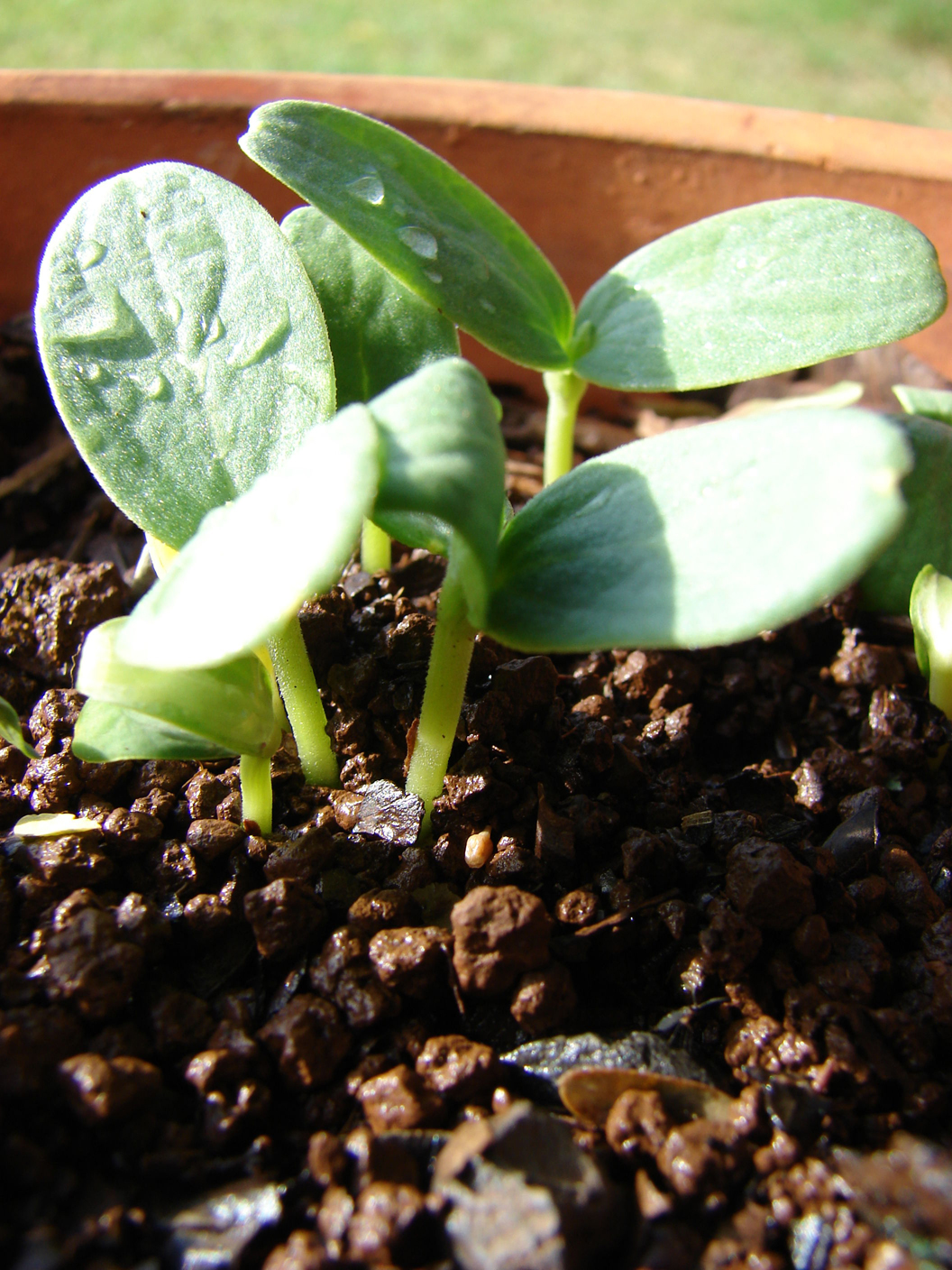

Quick note: if you plant the seedlings upside down, the seed casings may not fall out right away as the seedling emerges from the soil. Hardening off for 7-10 days is necessary before putting them outside once they have developed two or three pairs of genuine leaves. A sunny window sill or grow light is ideal for housing your seed trays. Cantaloupe seedlings need consistent watering throughout their first several days, so keep that spray bottle handy.Ī single germinated seedling should be left in each cell a few days after it has emerged. The soil temperature should be kept at about 70 degrees Fahrenheit for optimal germination a heat mat can help. A plastic wrap covering will have the same effect but must be removed as soon as the seeds germinate. The ideal humidity for seed germination may be achieved by covering your seed trays with a lid. Once you’ve misted or watered the seed with a watering can tap the soil back down over it. Even if you turn the seed over and it germinates, the seedling will have a tougher time determining which way is up and which is down since roots sprout from the tip. Put two or three seeds in each one, and make sure the pointed ends are facing down. When planting seeds in seed trays, fill each cell with high-quality potting soil and create a 1/2-inch deep hole in the soil with your finger. Consider the average time of 65–90 days needed for most cantaloupe varieties to mature after planting. When the threat of frost has gone, seeds can be sown outside immediately in regions where temperatures seldom drop below freezing. Due to the lengthy maturation period and growth time needed for melons, starting early increases the likelihood that you will be able to pick your crop before the first frost of autumn kills the plants. Seeds should be indoors in colder areas four weeks before the typical last frost date. Before you plant, you may want to add compost to the soil to optimize its drainage and nutritional content. It needs to drain quickly and efficiently. Cantaloupe thrives on a soil composition equal to loamy and sandy, with a pH range from slightly acidic to neutral.
#CANTALOUPE SEEDLINGS HOW TO#
In case you missed it: How to Grow Watermelon Faster: Best Tips to increase Flowering, Fruiting, and Production Yield Image Sourceįor optimal development, cantaloupe must be exposed to sunlight for at least 6 hours every day.
#CANTALOUPE SEEDLINGS FREE#
As a bonus, this will help keep the soil free of harmful organisms and free up valuable real estate. However, a strong trellis or other support can guide the vines upward. Put them in rows about three feet apart and 18 inches apart individually. Plant seeds at a depth of about one inch. Provide the right soil and light for your cantaloupe plants It’s best to separate your cantaloupe and watermelon plants from one another. Cultivating plants in containers is possible, but you’ll need a large one. Planting carefully can reduce the likelihood of transplant shock.Ĭantaloupes like bright, sunny locations with soil that drains well. Plant seeds inside in colder zones three weeks before the last frost date, then move them outdoors whenever the soil is at least 65 degrees Fahrenheit and the nightly temperature is above 50 degrees Fahrenheit. Plant seeds in the ground around two weeks after the last expected frost, when the soil temperature has reached approximately 65 degrees Fahrenheit. When growing cantaloupe, direct sowing yields the greatest results. Since cantaloupe grows best in warm conditions, it shouldn’t be planted until the springtime weather has stabilized. Starting seeds indoors in containers for later transplanting can be done four weeks before the average last frost date in your area. Image Source How to grow cantaloupe faster Know when to plant your cantaloupe plants Below we learn how to grow cantaloupe plants faster, the best tips to increase flowering, fruiting, and cantaloupe yield in your home garden, and how to harvest cantaloupe plants.


These tried-and-true strategies work quickly. With patience, care, and a little luck, you can cultivate this delicious melon in your backyard. Cantaloupe is a beautiful and useful fruit that can be added to any garden. An abundance of seasonal fruits is a sure sign that summer has arrived.


 0 kommentar(er)
0 kommentar(er)
